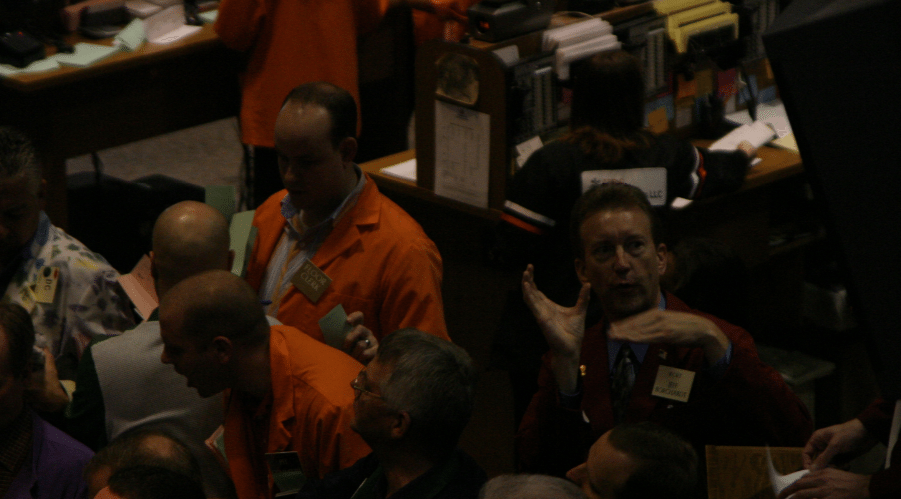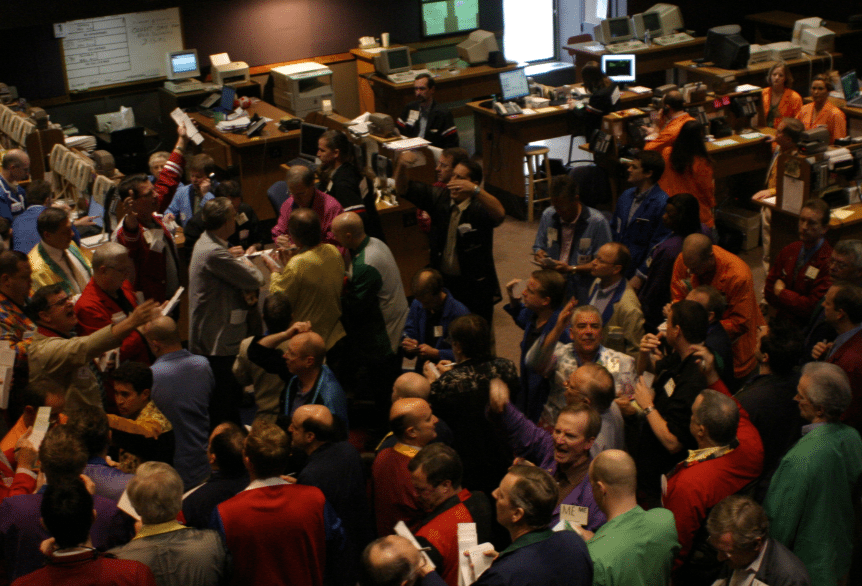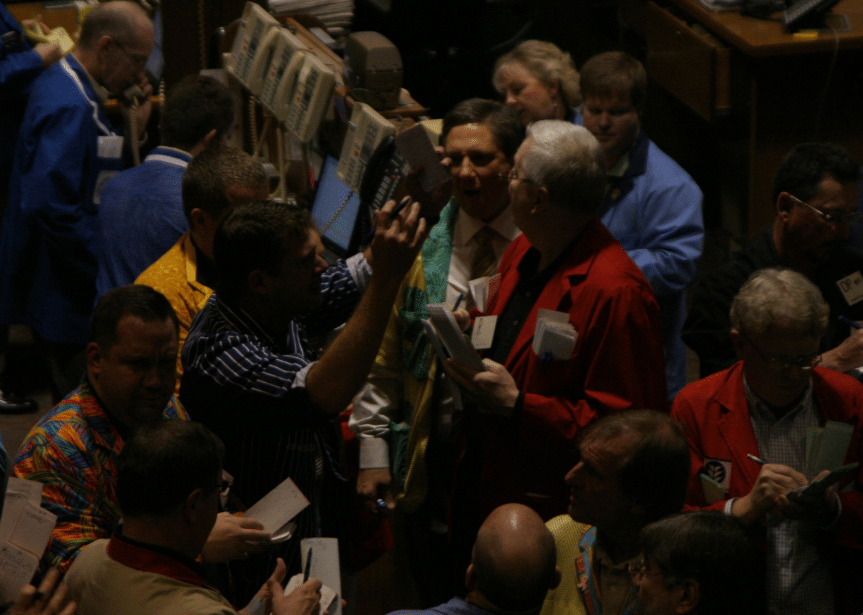I’m heartbroken over the impending closure of the trading floor at the Kansas City Board of Trade.
I’m not joking. I have a deep, passionate and unusual love for open and free derivatives exchanges, and the coming consumption of KCBT’s floor by the Chicago trading floor of the CME is just another example of the raw functioning of a free market becoming harder to see with the eyeballs.
Read Also

Trump’s trade policies take their toll on Canadian producers
U.S. trade policy as dictated by president Donald Trump is hurting Canadian farmers in a multitude of ways.
I’ve actually visited the trading floor of the KCBT and had a chance to stand on the cacophonous edges of the wheat futures pit, where the traders seemed like rugby players trying to break through each others’ mulls and rucks to make trades, and I have lingered in the options pit watching the cooler, more cerebral discussions of the options traders as they chatted reflectively and checked everything out on their primitive tablet computers. (This was way before the days of the iPad.) On the floor there, you could literally see and hear the world baseline price of hard red winter wheat being formed. Millions of tonnes and billions of dollars of the world’s wheat had their prices set down there on the floor, and will still for a little while longer.
This death of the KCBT and its floor is just part of a major industry transformation that I have covered since it began, with electronic-assisted and electronic-only trading sucking away the lifeblood of the open outcry pits. At one time there was only open outcry. Then various electronic exchanges and platforms evolved, but the open outcry system was still dominant, in both equities and commodities.
But as systems and abilities increased, and new players like the Intercontinental Exchange moved in and aggressively lured-away crucial volume and liquidity from the open outcry system, it began a slow and inevitable implosion. Some hybridized, like the Chicago Board of Trade, with both open outcry and floor trading that has continued up until now. The KCBT trading will now move to the Chicago floor, so for a while it’s still human and tangible, as well as electronic. The Winnipeg commodity exchange, purchased by ICE, was the first commodity exchange in North America to go all-electronic, a decision that was contentious at the time, but is hard to argue with in retrospect, since the rest of the continental exchange world is following behind.
I’ve managed to visit quite a few exchange floors over this decade of momentous change. Other than KCBT, I’ve been down to the floor of the New York Board of Trade (sugar, coffee and cocoa, as well as Frozen Concentrated Orange Juice and other funny little things) wandered through the edge of the COMEX, was down on the floor of the Minneapolis Grain Exchange two or three times when it still had open outcry. I think they’ve all lost their open outcry trading since my visits. KCBT’s goes soon. Minneapolis’ went a couple of years ago. (I made a spooky visit to the mausoleum-like MGEX trading floor a few months after trade ceased.) ICE has swallowed many places, and the CME, which owns CBOT, KCBT, etc. has consolidated the rest.
Don’t get me wrong: I’m not a retrograde reactionary who thinks structures should be maintained just because we are used to them and have glowy, heritagey feelings about them. To me, if a free and open futures market can work better by going electronic-only, then that should be done ASAP. Sentimentality should not play a significant role in a market.
But for me personally, and for the public that would visit viewing galleries of these floors and see real, raw free market action up close, the retreat of open market trading from a live, physical, human marketplace to an abstracted, electronic, computer-dwelling market of atomized individual traders in widely-separated offices removes one of the most visible forms of capitalism our civilization has. Nothing substantial changes with the freeness or fairness of the markets, and yet it’s a profound loss of simple transparency.
I don’t really know what the point of noting this is, other than to mark another step in the extinction of a form of marketplace that served the world well for over a century, and to once more pay homage to these well-loved but unnecessary and uncompetitive dinosaurs.
(The pix with this post were taken by me on my visit there.)


















